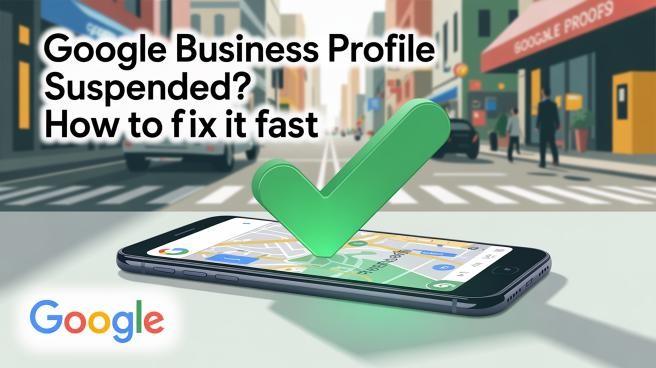How to Recover a Disabled Facebook Account?

I've been helping businesses navigate digital marketing challenges since I started my first tech blog back when Google was just launching its advertising platform. Over the past decade, from my early days as a software architect in the USA to building SpiderWorks Technologies across Kerala and Dubai, I've witnessed countless digital marketing disasters that could have been prevented.
But nothing hits harder than a disabled Facebook account. In my 15+ years in this industry, I've seen campaigns disappear overnight, business owners lose access to their customer communication channels, and individuals locked out of years of memories and connections.
Facebook account suspensions happen more often than you'd think, and the panic that follows is always the same. That's why I decided to document the exact recovery process I've used successfully for my clients over the years.
Facebook's suspension system is ruthless but predictable. After helping recover numerous accounts across different violation types, I've learned that success isn't about luck—it's about understanding Facebook's internal review process and submitting appeals that align with their criteria. Here's the step-by-step method that actually works.
Understanding Why Facebook Disables Accounts
Facebook doesn’t disable accounts at random. There’s always a trigger—suspicious activity, a rule violation, or a system flag. To the user, it feels sudden—active one day, locked the next. Everything runs on Facebook’s Community Standards. Cross that line in posts, ads, or even profile details, and the account gets shut down. Sometimes it’s a short-term block; other times it’s permanent. I’ve seen Dubai accounts disabled for nicknames, for copyright issues in ads, and for login attempts from different countries. Knowing these triggers saves time—it can turn weeks of appeals into days of recovery.
Common Reasons for Account Disabling
1) Violating Facebook’s Community Standards
Most accounts go down because of this. The rules are broad—hate speech, fake news, violent images, misleading ads—anything that the system thinks crosses the line. Sometimes it’s obvious; other times it feels unfair. I’ve seen ad campaigns pulled because one line in the copy was flagged as exaggerated.
2) Suspicious Activity or Hacking Attempts
Log in from Dubai in the afternoon, and from Europe ten minutes later, the system locks you out. It assumes hacking. Even if it was just a colleague on travel, Facebook doesn’t take chances. Many accounts I’ve helped recover were disabled only because of strange login patterns.
3) Using a Fake Name or Identity
Nicknames, abbreviations, and business names used as personal accounts—Facebook catches them. And once they ask for ID, the profile collapses if it doesn’t match. Businesses often make this mistake by creating multiple “profiles” instead of a proper business page.
4) Copyright or Intellectual Property Violations
Music in the background of a video. Images lifted from a competitor. Even one complaint from the rights holder is enough to shut an account down. I’ve seen fashion sellers lose access just because their photos looked too close to a known brand.
5) Spam or Misleading Behavior
Sending hundreds of friend requests, posting the same offer in every group, or running ads that look too good to be true. The system marks it as spam. One travel client had their account locked only because the price in their ad seemed unrealistic to the algorithm.
Also read: What to Do If Your Facebook Account Is Hacked and Your Email Is Changed
Types of Facebook Account Disabling
Temporary Restrictions
These are warnings in disguise. Facebook blocks certain features—maybe you can’t post, can’t comment, or can’t send friend requests for a few days. In some cases, the whole account is locked, but only for a short period. I’ve seen 24-hour bans, 3-day bans, and even 30-day bans depending on what triggered it. Once the time is up, the account usually returns without you having to do much. But repeated temporary restrictions are dangerous. If the system keeps catching violations, it can amount to a permanent block.
Permanent Disabling
This is where things get serious because the account is shut down completely, and you can’t log in at all. All posts, messages, and contacts are gone. The only option left is to appeal. If Facebook rejects the appeal, that account is lost for good. I’ve seen business managers in Dubai lose access to ad accounts worth lakhs because the profile tied to them was permanently disabled. It’s not just inconvenient — it can bring campaigns and revenue to a standstill.
How Does Facebook Notify You About Disabling?
Facebook doesn’t spell things out neatly. You usually find out in one of three ways.
The first is through email. If the account is tied to a working email, Facebook sends a message saying it’s been disabled. Many people don’t even see it because it gets buried in spam.
The second is at login. You enter your details, and instead of the feed, a block screen appears. Sometimes it names them; other times it just says “account disabled” with no detail.
The third is inside the app. If you were logged in on your phone, a push notification pops up, or the app flashes an alert. It usually points you to a help page for an appeal.
Steps to Recover a Disabled Facebook Account
Step 1: Check Your Email & Notifications
Facebook sends an email or a notification that explains why the account was disabled. Don’t skip this. The wording in that notice tells you what Facebook expects — whether it’s a violation of community standards, suspicious activity, or a fake name issue. Without knowing the reason, you’re shooting in the dark.
Step 2: Submit an Appeal to Facebook
Once you know why, the next move is filing an appeal. This is done through the Facebook Help Center. There’s a specific form for account disablement. Fill it carefully. If they ask for ID, don’t delay. Upload a government-issued ID, passport, or driver’s license that exactly matches the account name. I’ve seen cases delayed for weeks because the document was blurred or cropped.
Step 3: Follow Up on Your Appeal
Facebook doesn’t always respond fast. Sometimes, within 24 hours, other times it drags on for weeks. If you don’t hear back, resubmit the form after a reasonable gap. Keep copies of what you submitted. Persistence matters, but avoid flooding them with repeated appeals in one day — that often slows things down.
Step 4: Secure Your Account After Recovery
If the account is restored, the work isn’t finished. Change your password immediately. Review the login activity and log out of any unknown devices. Set up two-factor authentication (2FA). Many accounts I’ve helped recover were hacked again within days because users didn’t secure them properly after getting back in.
Also read: LinkedIn Shadow Ban: How to Avoid and Fix it
Alternative Methods to Regain Access
1) Contacting Facebook Support via Other Channels
Sometimes the appeal form alone doesn’t move things. Twitter handles like @Facebook and @Meta can be used to raise visibility. Businesses running ads have an added route through Facebook Business Support—the live chat or email option tied to ad accounts. If the account is linked with Oculus, their support team can also escalate cases internally.
2) Using Trusted Friends Feature (If Available)
Not every account has this. But if it’s set up, it helps. Facebook lets you choose a few trusted contacts. When the account is locked, they get codes, you collect them, and access comes back. It only works if you had the feature turned on before the block.
3) Seeking Help from Facebook Community Forums
Forums are the last resort. The Facebook Help Community has threads where users share what worked for them. On Reddit, some people post updated links or steps when Facebook’s own pages don’t load right. It’s not official support, but I’ve seen it solve problems others were stuck with.
Preventing Future Account Disabling
1) Follow Facebook’s Community Standards
Most bans come from ignoring the basics. Avoid hate speech, harassment, and fake news — even by accident, like resharing something without checking. Respect copyrights. Using music, photos, or videos you don’t own is the fastest way to trigger a takedown.
2) Avoid Suspicious Links & Scams
Phishing is not alien to Facebook. Fake login pages and links that look like Facebook but aren’t. One click and your account details are stolen, leading to a lock. Never enter passwords on pages you didn’t reach directly through Facebook.
3) Use Real Identity & Accurate Information
Facebook checks names against IDs when you appeal. If the profile is under a nickname or a fake business name, it collapses. I’ve seen recovery fail only because the account name didn’t match the passport. Keep it real, keep it consistent. If you run a company, build a business page — don’t gamble with a fake profile.
4) Report Issues Before They Escalate
Fake profiles and copycat pages don’t go away on their own. Report them early. Same with unusual logins or spam messages on your page. If you wait, the system often punishes you instead of the attacker. I’ve seen accounts disabled not for what the owner did, but for what they ignored.
What to Do If Your Appeal Is Denied?
Understanding Why Appeals Get Rejected
Rejections happen often. Many times it’s because the documents weren’t clear or strong enough. Sometimes it’s the history — repeated violations make Facebook less willing to restore the account.
Re-submitting an Appeal with Stronger Evidence
A rejected appeal doesn’t mean the end. But the second attempt has to be stronger. A clearer ID, utility bill, or supporting documents that match your profile. Keep the explanation simple and direct. The team at Facebook reads hundreds daily; long stories don’t help.
Exploring Legal Options (For Business Accounts)
For personal users, the process usually ends with appeals. But for business accounts tied to ad spends, legal routes exist. Meta has a legal team, and in some cases, filing a formal complaint forces a review.
Conclusion
Recovering a disabled Facebook account has been a challenging but enlightening journey for me, and I firmly believe it can be successful for you too. With the right approach, proper documentation, and understanding of Facebook's review process, account recovery offers a clear path forward for both businesses and individuals facing this digital crisis.
Having guided countless clients through this recovery process myself, I can say that patience and following the exact appeal procedures are key to a successful restoration. Whether you're dealing with a suspended business page, blocked personal profile, or disabled ad account, Facebook's system responds to methodical, compliant approaches rather than desperate attempts.
It has been over 15 years since I started helping clients with digital marketing challenges, and I've learned extensively about Facebook's policies through real-world experience. I hope I have covered most aspects of recovering a disabled Facebook account effectively. If you need any help or guidance from me, feel free to ask below, and I will be happy to help.
At SpiderWorks Technologies, we handle these situations regularly across our Dubai and India operations. If there's anything I missed about the recovery process or you'd like me to elaborate on specific violation types, feel free to reach out. I'd be happy to update this article or provide personalized insights to help restore your Facebook presence and get your digital life back on track.
Related Blog

What to Do If Your Facebook Account Is Hacked and Your Email Is Changed

LinkedIn Shadow Ban: How to Avoid and Fix it

How to Recover a Hacked WordPress Website

How to start an IT company in Dubai

Best Ethical Hacking Companies in Dubai

Webflow vs WordPress Which is Better for Website Design?

20 Tips for Effective LinkedIn Marketing in Dubai

Top 10 Software Development Companies in Dubai


What is the Software Development required for Creating Payment Gateways?

How does Google treat AI Content in SEO?

How to create a proper content distribution strategy

How can Brand agencies bring success to B2B Business in the UAE?

Maximize Sales with e-commerce Advertising Strategies

Schema Markup for SEO: Boost Your SERP Visibility with Structured Data

FIVE STRATEGIES TO INCREASE YOUR BRAND LOYALTY

What are the Branding Strategies for a Small Business in the UAE?

How can digital marketing be useful for small businesses?

What are the Things to Consider for Hiring Creative Agencies?

What are the different ways to protect the website from unethical hacking?

What are the mistakes to avoid while customizing a WordPress website?

Why is Website Maintenance important for your Business?

Trends of Future Creative Agencies in UAE

How can AI transform digital marketing in the UAE?



How can a powerful Landing Page Design lead to higher conversion?

Checklist to build a winning e-commerce website


WHAT ARE THE SUCCESSFUL ELEMENTS REQUIRED FOR BRANDING A WEBSITE IN UAE?

What are the best web designing tools that can renovate your site?

What are the web designing strategies that can improve the SEO ranking?

How social media impacts the promotion of the business in the Future?

What is the SEO checklist involved in content writing?

Top Ten Mobile App Development Companies in UAE

How do we choose the best brand name for the business in UAE?
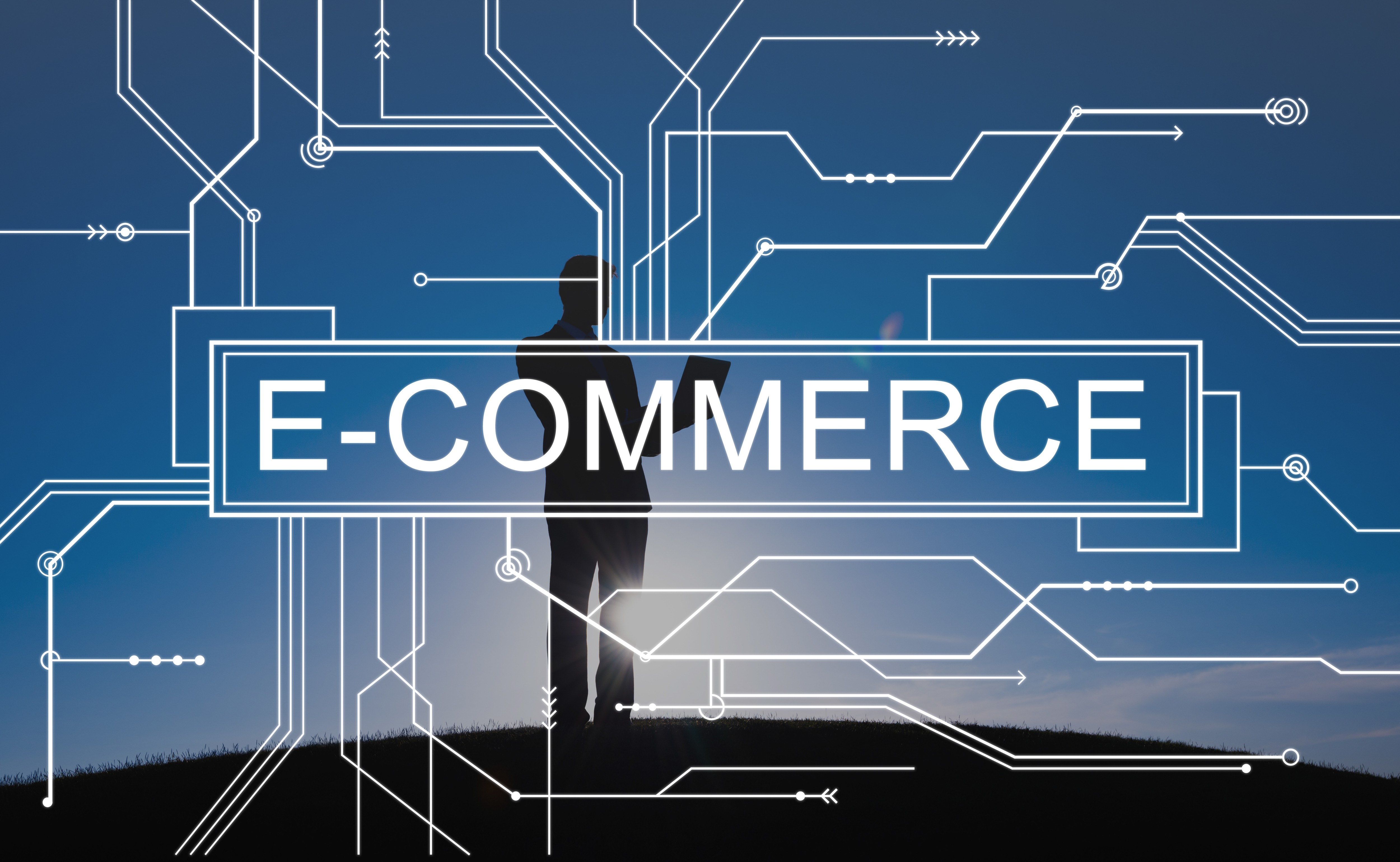
What are the top e-commerce Software Solutions required for the IT industry?
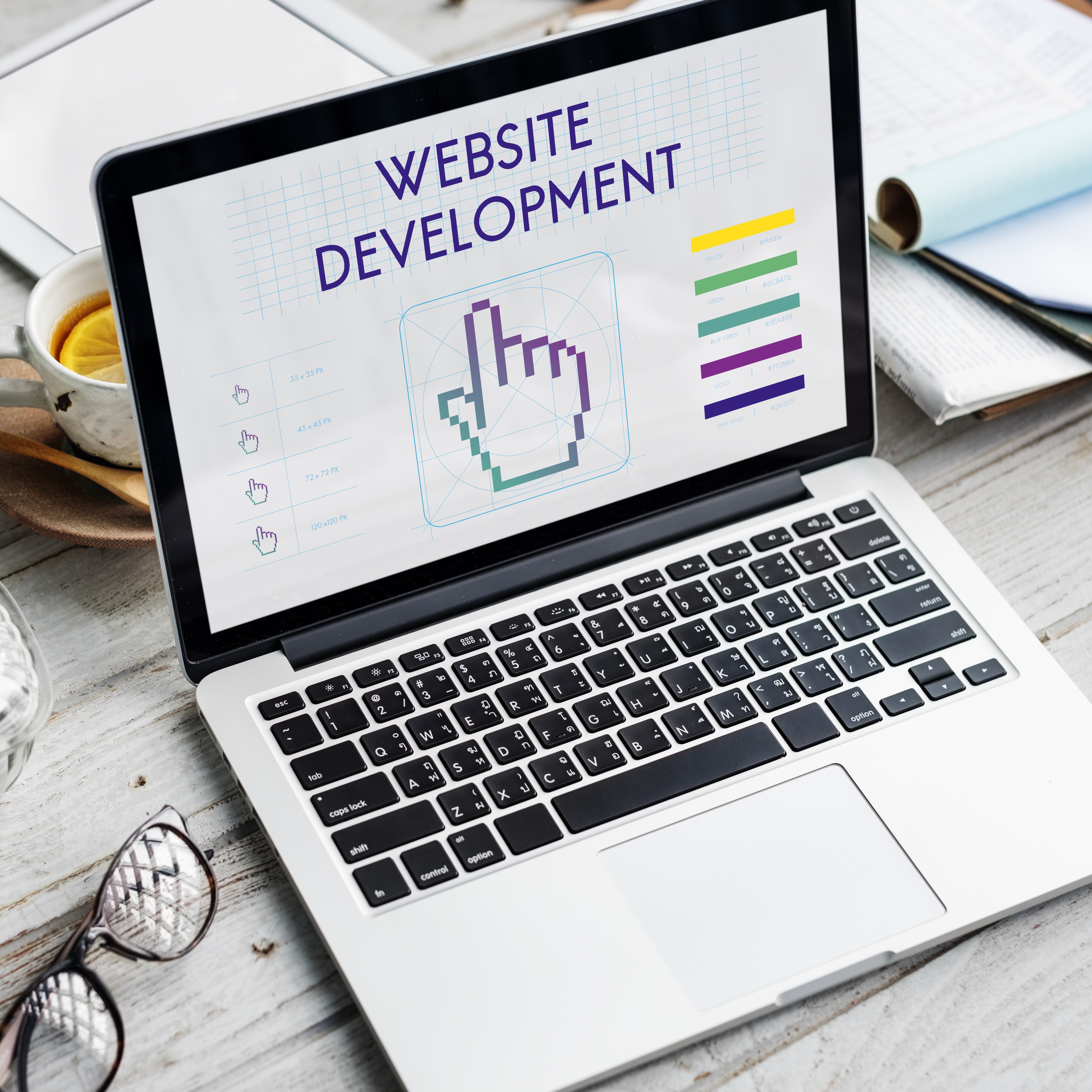
Why is user experience crucial in website development?

How to Choose the Right Ecommerce Platform for Your Business

How to Optimize Your LinkedIn Profile for Maximum Exposure?

How Can Branding Agencies in The UAE Promote Businesses?

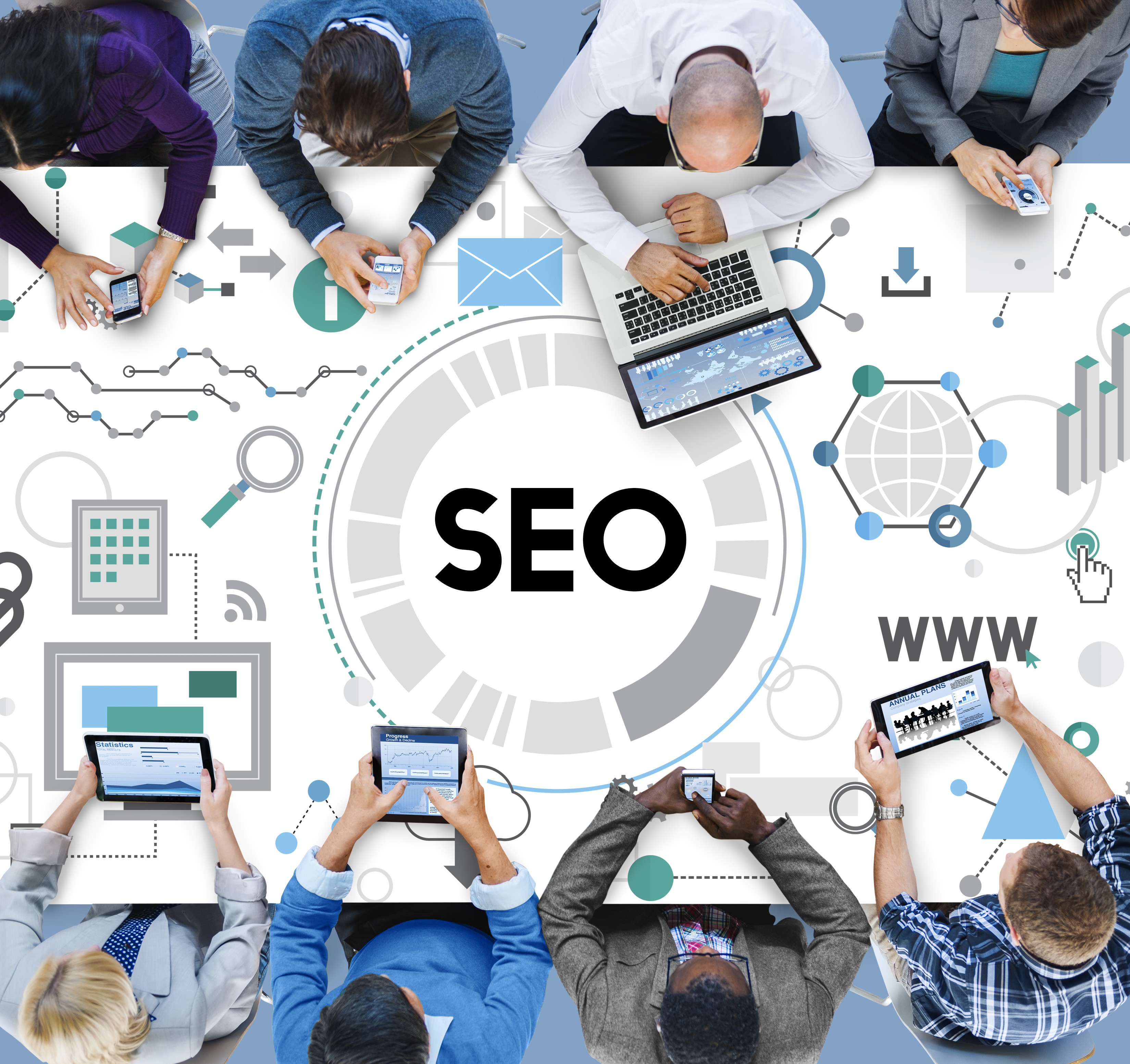
Top 10 SEO Agencies in Dubai

TOP TEN MARKETING CONSULTANTS IN DUBAI

The Top 10 Must Have WordPress Plugins for Your Website

The Future of Facebook Marketing: Trends and Predictions

What are the successful CRM strategies?
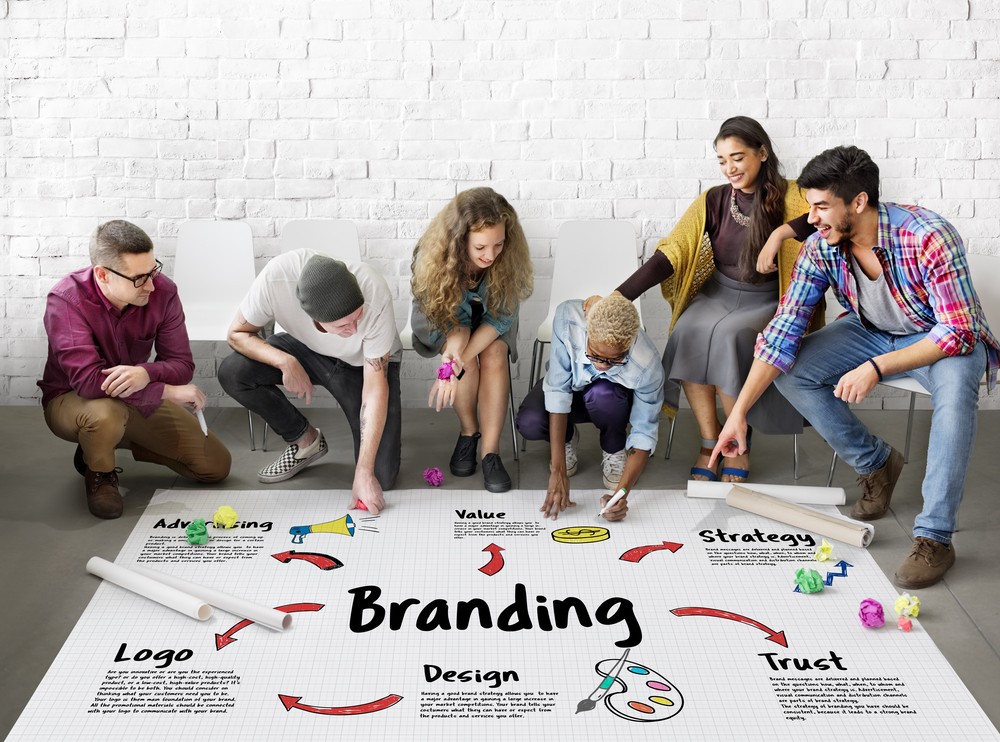
Reasons why you should hire a professional branding agency

How Web Development Helps Your Business

How to Grow your digital agency in 2023?

Why Cyber Security is Important for Your Business

Key Factors for Choosing the Right System Integrators
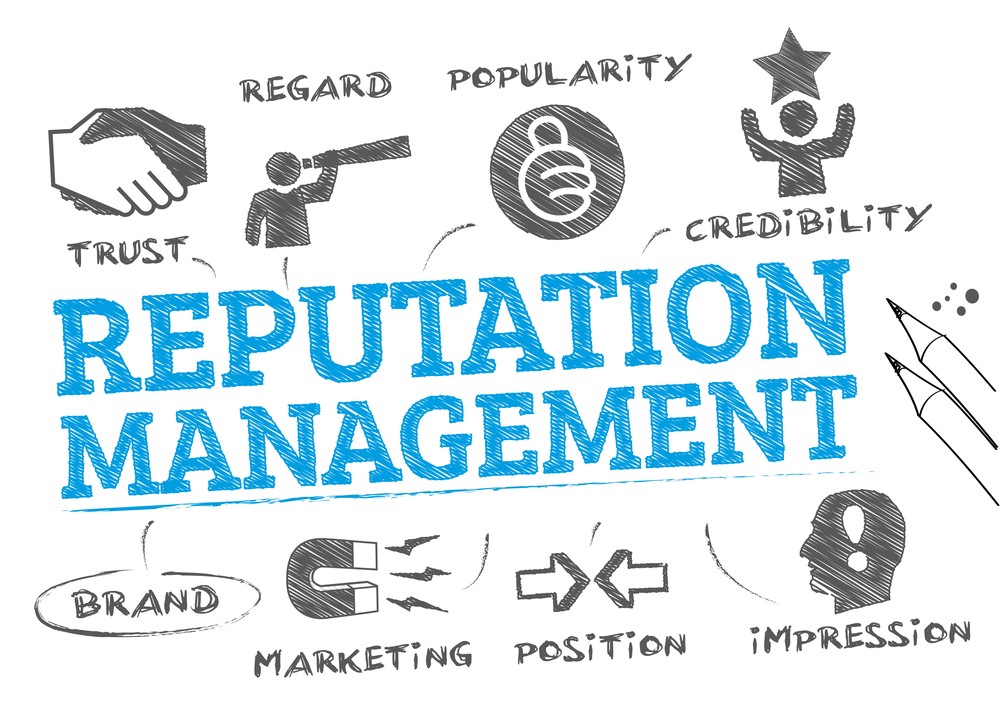
How to Choose the Right Reputation Management Company

How Ethical Hacking is Different from Normal Hacking?

Things to Consider While Choosing a Software Development Company

Top 7 Reasons to Hire a Content Marketing Agency in Dubai

10 Factors to Consider While Selecting Web Designing Companies in Dubai

Importance and Benefits of SEO for Your Business

TIPS FOR CHOOSING A SOFTWARE TESTING COMPANY

Questions You Should Ask Before Choosing A Social Media Agency In UAE
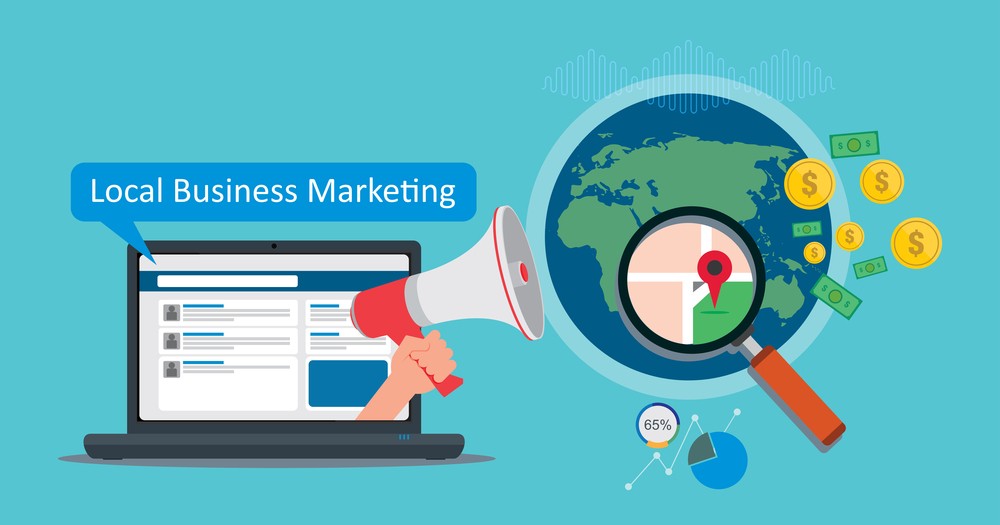
How to Market your Local Business in Dubai?

How to choose a good digital marketing agency for your business in Dubai

